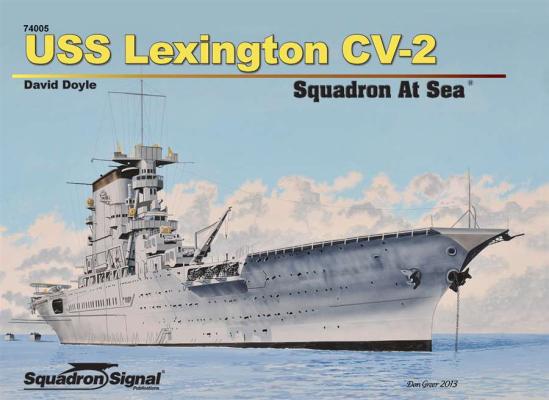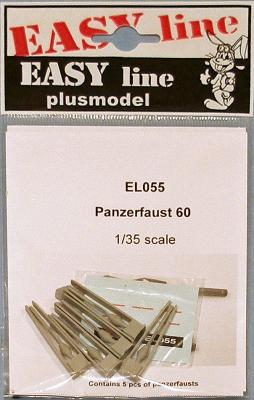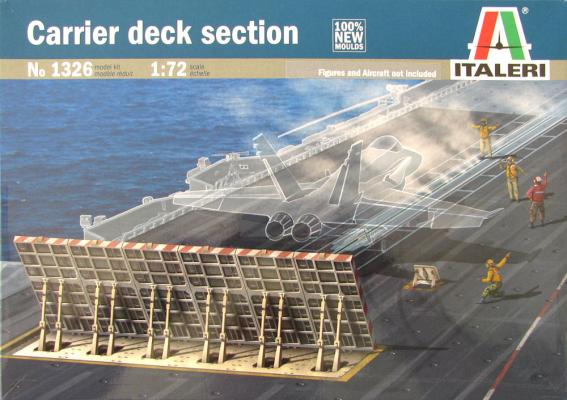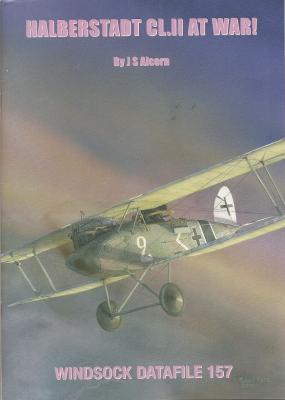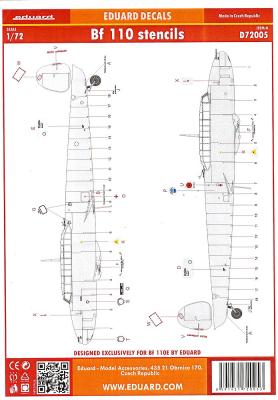USS Lexington (CV-2) and her sister USS Saratoga (CV-3) played a critical role in the development of the modern naval aviation and the way the US Navy wields air power. Built on the hulls of battlecruisers cancelled in the 1920s under the terms of the Washington Naval Treaty, Lexington and Saratoga were far more different and innovative than the first US aircraft carrier, USS Langley CV-1, and any foreign contemporaries. They were the largest US carriers built until the Midway Class CVB. Both ships were quickly integrated into the battle fleet and participated in every major exercise in the 1930s and early 1940s. It was on these ships that the Navy envisioned, developed, and put in to practice the doctrine and procedures that would define an American way of Naval warfare and lead to victory at sea.
Welcome to the IPMS/USA Reviews site!
Introduction: The primary organization of the IPMS/USA Review website is by IPMS/USA National Contest Class. Within each Class there are sub-menus by kits, decals, books, etc. The Miscellaneous Class is for items that are not class specific or that cross two or more classes.
IPMS/USA Members: We encourage you to submit reviews, both here and to the Journal. To volunteer for membership in the IPMS/USA "Reviewers Corps" and submit your own reviews, please read the Guidelines For Submitting Product Reviews.
Manufacturers, publishers, and other industry members: IPMS/USA is pleased to offer your company the opportunity for product reviews. All product reviews are performed by IPMS/USA members, and are posted in the publicly-accessible section of our website. With very few exceptions, we perform full build reviews of new kit releases, aftermarket products, and supplies. If you would care to provide product samples for review, please contact John Noack, IPMS/USA 1st VP.
To learn more about IPMS/USA, please see our About Us page.
The Panzerfaust ("armor fist" or "tank fist") was a cheap, single shot, recoilless German anti-tank weapon of World War II. It consisted of a small, disposable preloaded launch tube firing a high explosive anti-tank warhead, and was operated by a single soldier. The Panzerfaust was in service from 1942 until the end of the war.
Plus Model from Czechoslovakia continues to add to its list of quality aftermarket and modeling supply products; this time with a package of EasyLine Panzerfaust 60 weapons in 1/35th scale.
The package contains five tubes molded in light grey resin, and a small decal sheet with red markings that say Achtung! Feuerstrahl! ("Attention! Fire Jet!") for each. The parts are protected in easily removable resin jackets to prevent damage in shipping. Once clipped, sanded, painted, and weathered, they look right at home in any WWII diorama or on a German AFV.
If you have been waiting for a great way to display your favorite 1/72 scale modern US Navy aircraft, your wait is officially over. I have personally been waiting for at least two decades for someone to release a molded plastic version of a modern aircraft carrier deck section, and Italeri has answered my prayers. This kit provides a large portion of deck showing a section of the catapult, jet blast deflectors (JBD’s), and JBD control station for what appears to be a Nimitz-class carrier, number 2 catapult area. Measuring an impressive nine and a quarter inches wide and about 15 and three quarter inches long, this base will hold any aircraft launched from a US Navy carrier deck since the Nimitz was first introduced. In short, I cannot recommend this kit highly enough for a more realistic display of your favorite Tomcat, or any other Navy plane flown from 1974 to today, from the decks of these fine ships.
History
The Halberstadt CL.II series of two-seat close-support biplanes was introduced during 1917, and the type became the standard German type for the duration of the war, supplanted but never replaced by the later CL.IV and Hannover C1 biplanes. Robust and efficient in construction, and powered by the 180 hp. Mercedes D.IIIau water-cooled engine, the type was used to support ground troops – attacking, strafing, and bombing enemy positions, and causing considerable problems in Allied operations. In addition to ground support, the type often encountered Allied fighters, and crews often held their own against the more nimble Allied single-seaters. Postwar, surviving aircraft were flown into the 1920s, and the only surviving example, which was originally displayed in a Berlin aviation museum, is currently in Poland awaiting restoration. Detail photos of this aircraft are included in this publication.
Eduard has given us some really great 1/72 Bf-110’s in the last few months, and now they have given us the stencils for them. Get out your Optivisor or your favorite magnifier, because you will need it. They are tiny! At first, I thought there were enough stencils for four aircraft, but that is only partially true. There are only enough for two aircraft in some cases, enough for three in some, enough for four in some. Even though they require magnification to read them, they are readable. Just another case of the quality of Eduard products. And, they are super thin. You can barely see the carrier film.
Two placement charts are provided to help you with placement. The decals are designated by a letter on the charts, but not on the decal sheet. They are easily figured out, however. These are very high quality decals, and are highly recommended.
My thanks to Eduard for the review sample and IPMS/USA for the review opportunity.











